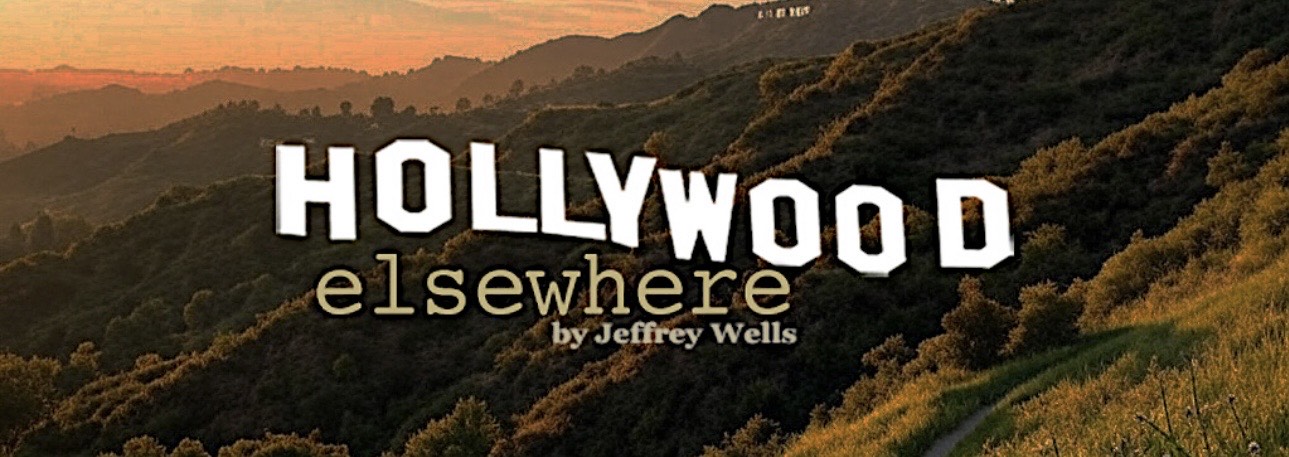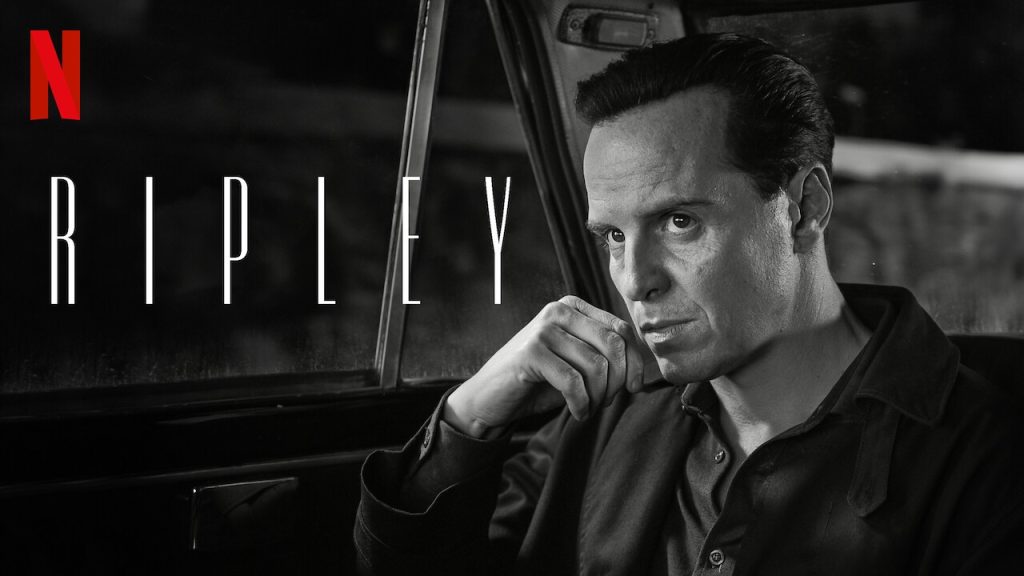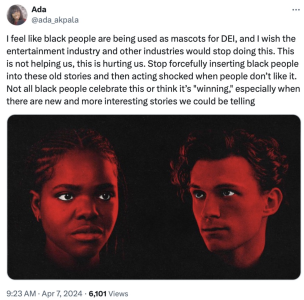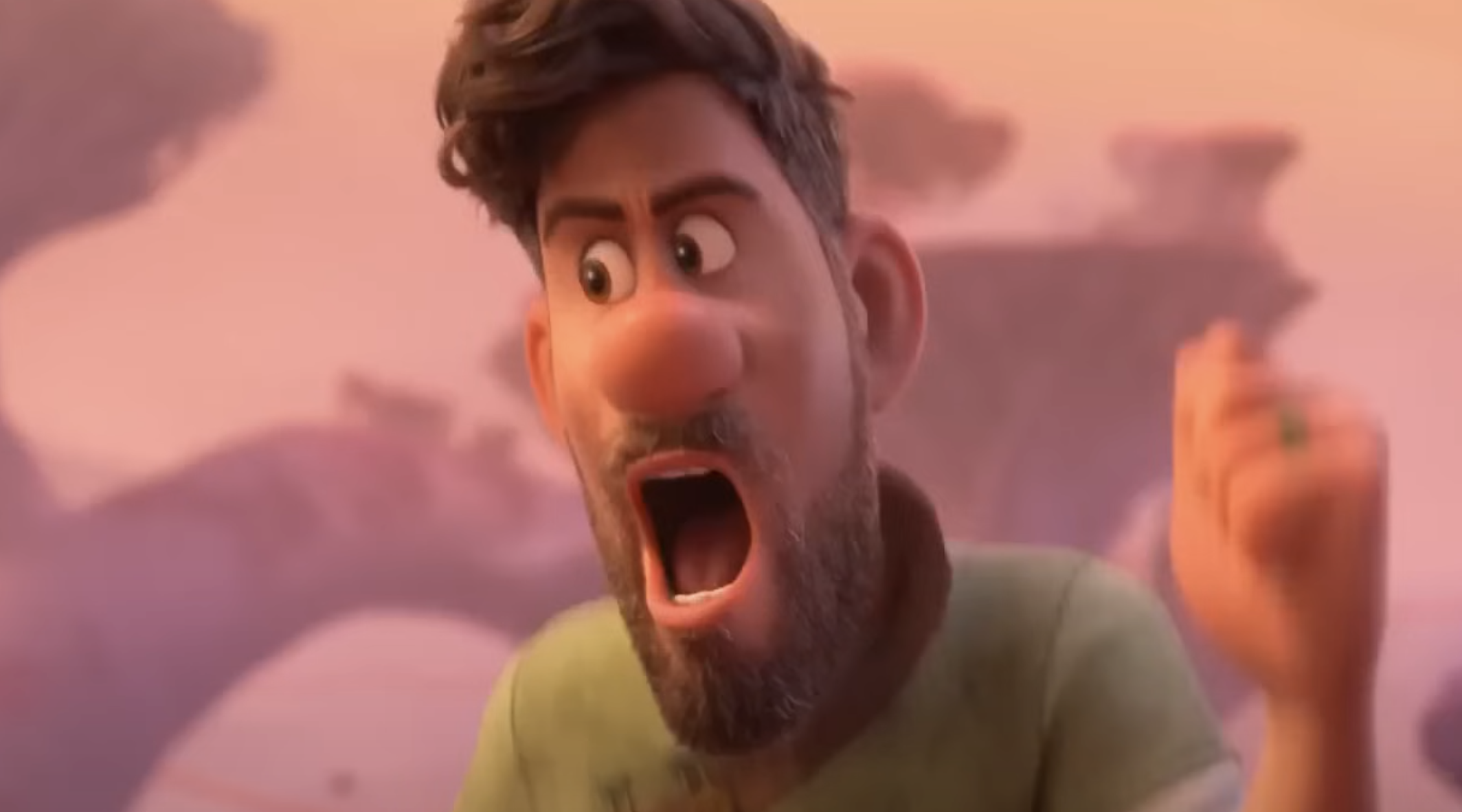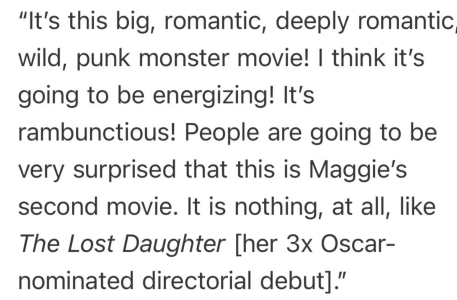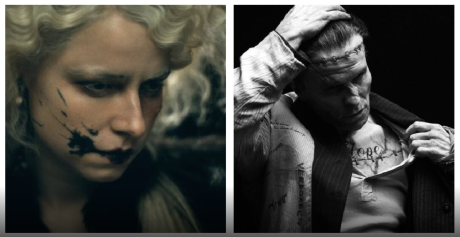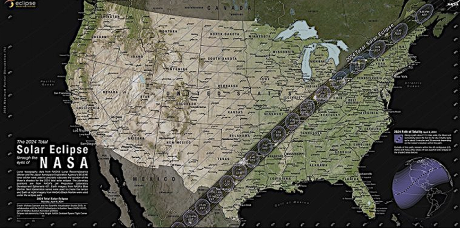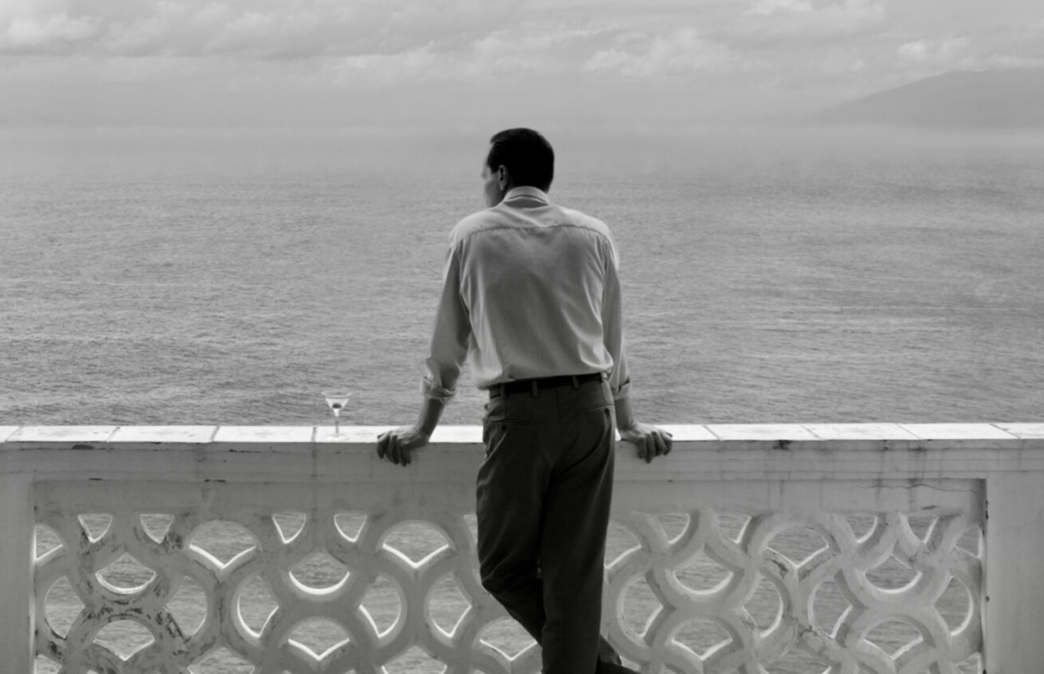Posted on 8.26.14: Last night I tried to explain my sense of frustration about The Leftovers to a guy pretending to be Damon Lindelof, the co-creator of the HBO series. I wasn’t as articulate as I could have been because I posted my thoughts on Twitter rather than in an e-mail. But I made a few points that added up to something, I think.
And then the fake Lindelof tried to blow me off or at least denigrate what I was trying to say by addressing me as “Ma’am.” He did so, he later said, because I reminded him of his aunt. But the conversation had merit nonetheless because I meant what I said.
I tried to say that it’s always seemed to me that there’s a huge empty hole in the middle of The Leftovers, and this is due to an absence of awe and wonder on the part of just about everyone in the series, both in front of and behind the camera.
A cosmic event of extraordinary significance has occured three years before the series begins, and in the wake of the disappearance of 2% of the world’s population, it seem as if everyone in The Leftovers is saying “Wow, we didn’t get chosen…that’s fucked up…this feels bad…I guess we’re all spirituallly deficient on some level…shit.” And yet no one is saying “Wow, the religious wackos were right all along! There is a God and a heaven and a scheme of some kind…what a mindblower! Bill Maher and Woody Allen and all the great existential philosophers were wrong all along, and…well, even if some of us don’t wind up in paradise, at least we know for the first time in the history of humanity that there really is a plan and a scheme and some kind of order to things. The term intelligent design is no longer a right-wing slogan. It’s obviously real and serious as a heart attack.”
And yet the scheme is not particularly intelligent. It’s arbitrary and random as fuck. There’s no special moral glow or distinction shared by the departed. They’re just gone. A woman of Indian descent who smokes cigarettes and is having a fast fuck in a motel room with Justin Theroux‘s Kevin Garvey…she gets taken along with Vladimir Putin, Gary Busey, Jennifer Lopez and the Pope? Along with Carrie Coon‘s husband and two kids? And an unborn fetus in the womb of Amy Brennaman? What the hell for? If anything the design is malevolent and perverse. Nothing calculates or balances out. It’s all a big sick joke, and it’s all from the head of evil Lindelof.
Here’s how I put it to fake Lindehof on Twitter and how he replied. Note: I’ve clarified and expanded upon a couple of thoughts here — in actuality they were a bit shorter and blunter. Senior Variety editor Marc Graser was kissing Lindehof’s ass about something and I jumped in with…
Wellshwood: “Does it bother anyone that there’s never been even a mention of wicked design in this series?”
Wellshwood: “What kind of idiotic God removes an unborn fetus from a mother’s womb? To what possible fucking end?”
Wellshwood: “In short, [the series] has a big fat empty hole in the middle of it — a hole it doesn’t know what to do with, much less fill.”
Wellshwood: “The show says over and over that God is one ruthless fucker, a master of infuriating fate.”
Lindelof (later on): “Ma’am, I would make fun of you, but I honestly can’t even tell what you’re trying to say.”
Wellshwood: “Go ahead and make fun. Your series is about cosmic malevolence and the utter absence of wonder.”
Wellshwood: “And where’d you get the idea I’m a ‘Ma’am’?”
Lindelof (this morning): “Honest mistake. Sorry about that. Your haircut and ramblings about religion reminded me of my aunt.”
Wellshwood: “Funny.”
